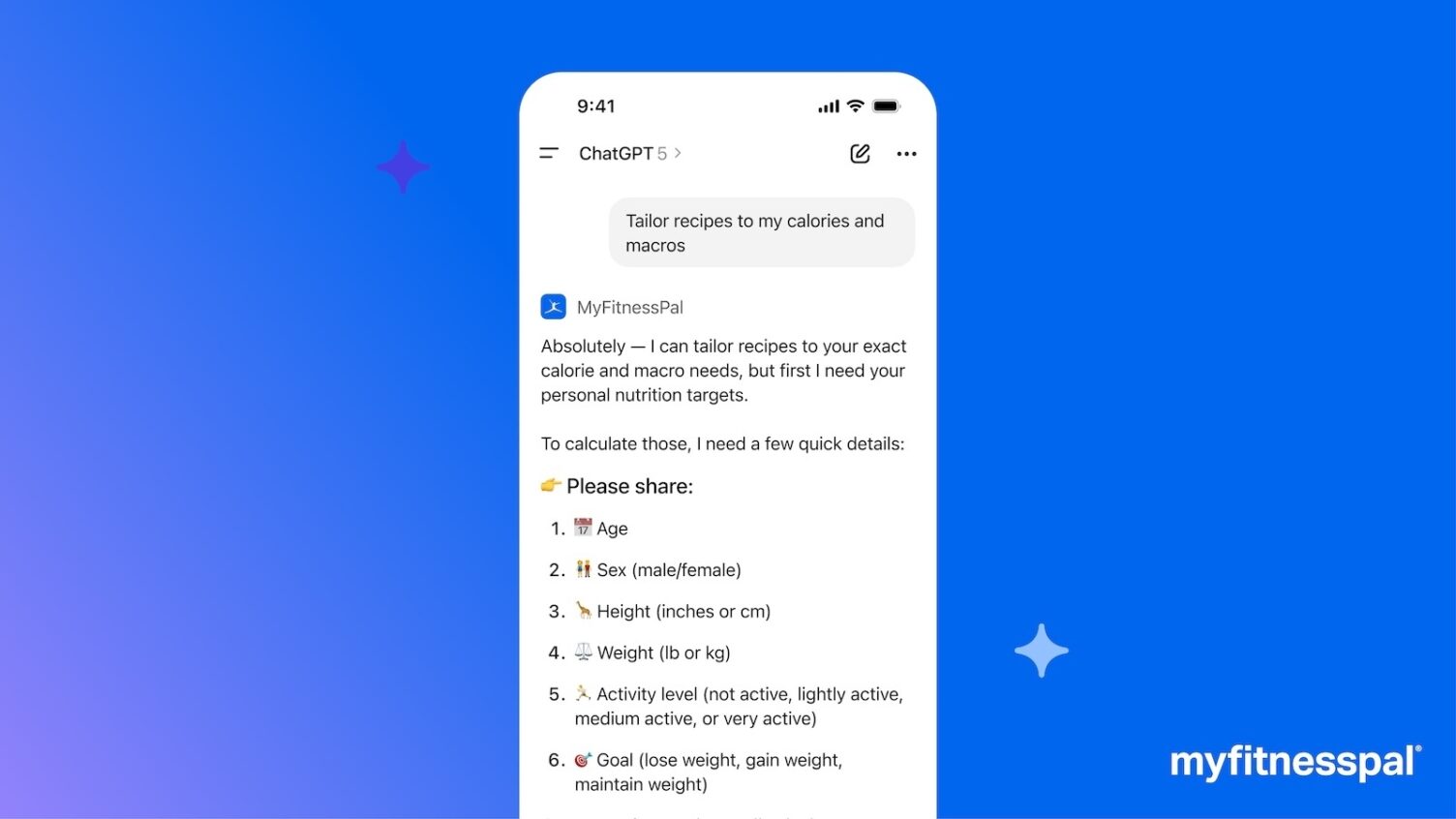Being dependent on others is often portrayed negatively. Individualistic cultures stress the importance of being self-reliant. We’re told not to be too needy because it’s unattractive and burdens others. And depending on others feels vulnerable; there’s a chance that they will let us down.
We all depend on others. Humans are social creatures; we crave connection, belonging, and the support of loved ones—and there’s nothing wrong with that. However, the line between healthy dependence and codependency can be confusing. While relying on trusted individuals makes life easier and more fulfilling, codependency traps you in an unhealthy reliance on another person that will negatively affect your well-being. This article will explore the differences between codependency and interdependence, equip you with tools to avoid codependence and guide you toward healthy, fulfilling connections.
Codependence: An Unhealthy Dependence
Codependency is characterized by unhealthy dependencies and one-sided relationships. In codependent relationships, one person does most of the giving and one does most of the taking. People with codependent traits feel overly responsible for their loved ones, often compelled to help to the point of enabling a loved one’s destructive or unhealthy behavior. They derive their self-worth from giving, helping, and pleasing; they need to be needed even when it comes at their own expense.
Codependency is problematic for a few reasons:
- Consistently prioritizing other people’s needs and wants above your own can lead to a loss of identity and not taking care of yourself.
- The help you give can be controlling and unwanted. For example, you may give unsolicited advice or nag.
- Depending on others for validation and self-esteem can lead to forming and staying in unhealthy relationships and being taken advantage of.
- Constantly catering to another person, while neglecting your own needs, creates resentment and a lack of true reciprocity. Read more: The Psychology of People-Pleasing.
Interdependence: A Healthy Dependence
On the other hand, interdependence is the cornerstone of healthy relationships. Unlike codependency, interdependency acknowledges and respects the autonomy and individuality of each person involved while recognizing the value of mutual support and cooperation. It involves fostering a dynamic where both individuals contribute to the relationship’s growth and well-being while maintaining a strong sense of self.
In an interdependent relationship, boundaries are clear, and both parties strive for balance and equity. Each person maintains their independence while engaging in shared goals, open communication, and emotional support. This creates a nurturing environment where both individuals can thrive individually and together.
Strategies to Avoid Codependency
So, how do you cultivate healthy connections and move away from codependency? Here are some actionable steps:
- Strengthen your self-esteem: Codependency often stems from low self-worth. Focus on building healthy self-esteem by recognizing your strengths and accomplishments and validating yourself.
- Invest in yourself: Cultivate your interests, goals, and friendships beyond your primary relationship. Invest in your personal growth and work toward your goals. Building a strong sense of self is key to fostering healthy interdependence.
- Develop healthy boundaries: Learn to say no and communicate your needs assertively. It’s okay to prioritize your well-being. Healthy boundaries are essential for maintaining balanced and respectful relationships. Read more: Tips for Guilt-Free Boundaries.
- Practice self-care: Regularly prioritize your physical and mental health. Make time for relaxation, stress management, and activities that replenish your energy. Read more: Tips for People Who Struggle with Self-Care.
- Seek support: It’s okay to ask for help! Consider therapy or a 12-step group such as Codependent Anonymous to work through codependent patterns and develop healthy coping skills.
Building Healthy Connections
Now that you understand how to avoid codependency, let’s explore ways to nurture healthy connections:
- Treat each other with mutual respect: Healthy and fulfilling partnerships are built on mutual respect and equality. Value your partner’s perspectives, opinions, and autonomy. Strive for fairness and collaboration in decision-making processes.
- Cultivate shared goals and interests: Identify and pursue shared goals, and collaborate on projects, hobbies, and experiences that bring you closer.
- Celebrate individuality: Embrace and celebrate each other’s individuality, strengths, and successes. Recognize that differences enrich the relationship and contribute to its resilience and depth.
- Offer emotional support: Tend to each other’s emotional needs with empathy while remembering that individuals are responsible for their own emotional well-being.
- Communicate openly: Share your feelings, needs, and wants with others clearly and honestly.
- Resolve conflicts constructively: Approach conflicts as opportunities for growth and understanding. Don’t let disagreements fester or devolve into blaming and shaming. Instead, engage in open dialogues, compromise, and problem-solving. Remember, conflicts are natural and can strengthen relationships when resolved with both people’s well-being in mind.
Final Thoughts
While our desire for connection is innate, we must cultivate relationships based on interdependence rather than codependence. Developing mutual respect, independence, effective communication, and shared goals, can build and sustain healthy, fulfilling relationships that nurture and enrich both individuals.
©2024 Dr. Sharon Martin, LCSW. All rights reserved. Photos courtesy of Canva.com.
This site is for informational purposes only. It provides general information and is not intended to nor should it be used to diagnose or treat any psychological, relationship, or medical issues or advise you on your particular issues, questions, or decisions. You are solely responsible for how you use the information provided on this website and the consequences of your actions. This page may contain affiliate links which means I receive a small commission on items purchased.
The Better Boundaries Workbook
Your step-by-step guide to setting boundaries in all areas of your life.
“The most comprehensive resource available to help people struggling with setting healthy boundaries, people pleasing, and assertive communication.” —Dr. Marni Feuerman
Read More
Publisher: Source link






